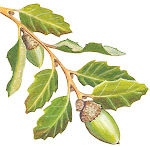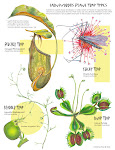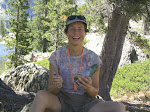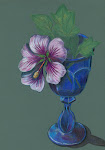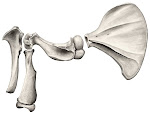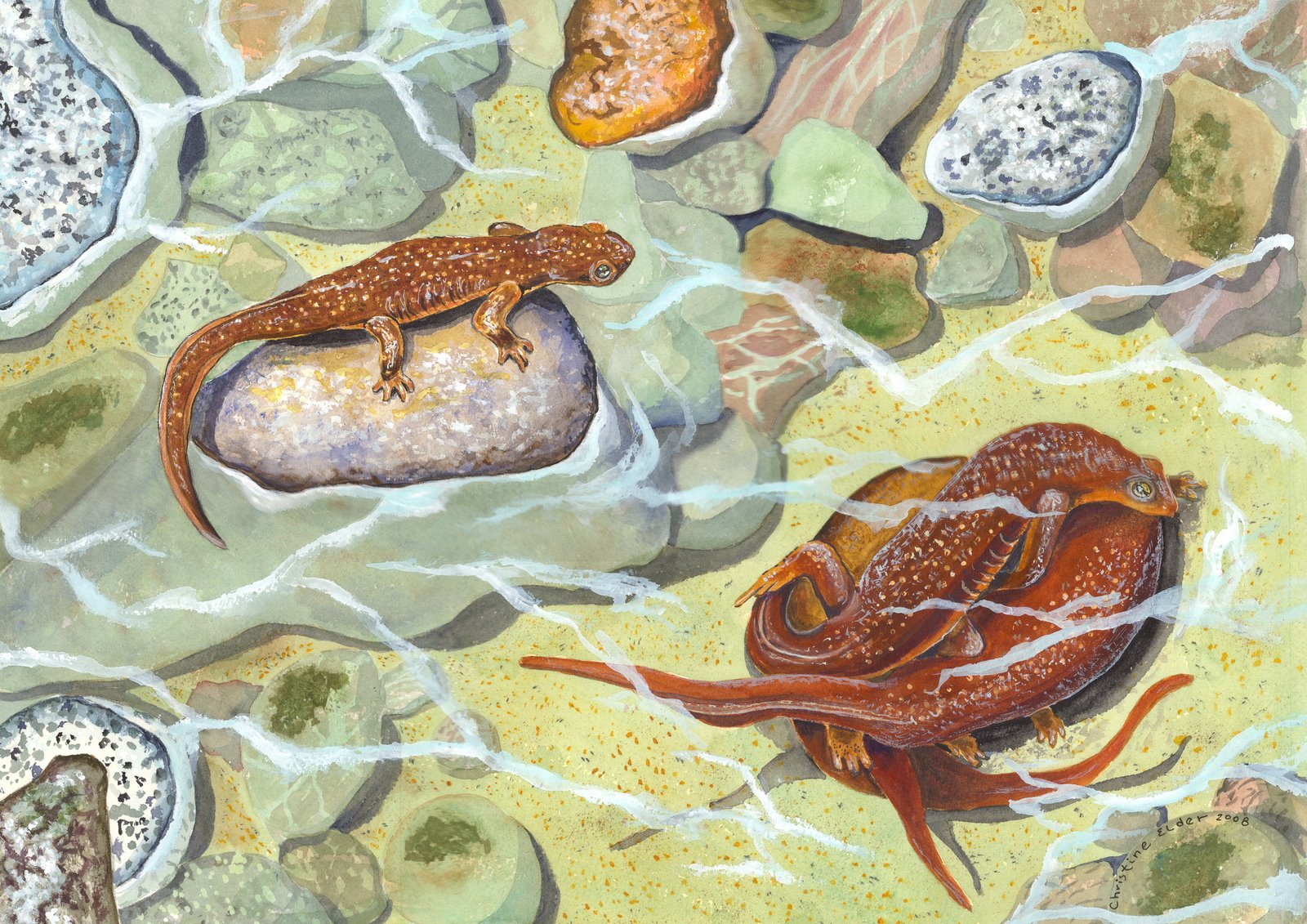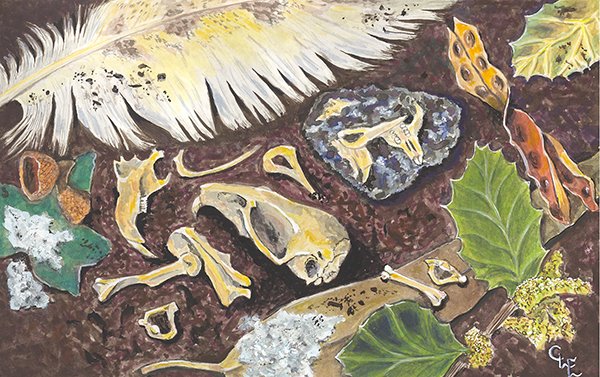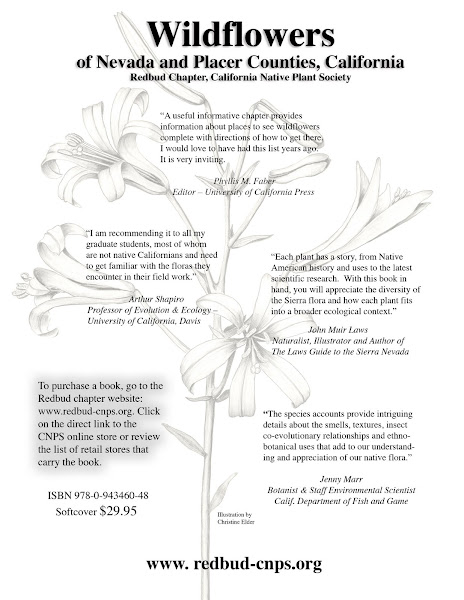 As many of you know, I'm fascinated by insects, ever since I was about 8 years old, collecting giant grasshoppers in Mason jars. This is probably the reason I enjoy illustrating them so much, and I take every available opportunity to sketch them from real life, which usually means collecting them in the wild and keeping them for a time in my lab, which doubles as my office and art studio.
As many of you know, I'm fascinated by insects, ever since I was about 8 years old, collecting giant grasshoppers in Mason jars. This is probably the reason I enjoy illustrating them so much, and I take every available opportunity to sketch them from real life, which usually means collecting them in the wild and keeping them for a time in my lab, which doubles as my office and art studio.Charlotte is my third widow pet, which I found in my garage, stringing her net around my Harley Davidson, which I just couldn't abide by! I've just learned that their 'dragline silk' is the strongest in the spider kingdom and its protein makeup is being researched for possible synthesis as an artificial micro-string.
I'm keeping her in a clear plastic box with a convenient lid. Each morning I go out to our new chicken coop and catch a nice big fly for her breakfast. She seems to have learned that each time I open the lid she'll get a treat and thus hasn't tried to escape yet. It is fascinating to watch her enthusiastically prancing around, pulling webbing out of her spinnerettes in preparation for her meal. She then waits til the fly has tripped itself up in her web, at which time she pounces in for the kill, quickly twirling her meal in a circle with her rear legs as she wraps it tightly in the webbing. She then bites the prey to kill it and injects the liquifying solution which will later enable her to lap up the fly's innards like a milk shake. I figured she may be getting bored with flies, so I've tried other species of spiders (which she usually comes to a truse with, and I let them go), damselflies, craneflies (yum!) but one critter I tried just about turned the tables on Charlotte. I caught a pillbug and she immediately seemed perplexed about how to go about subdueing it, being covered by its hard exoskeleton. When I returned the next day, the pillbug had wrapped itself tightly in a ball (that's why its other name is the rolly-polly bug), and what do you know, Charlotte's rear leg was firmly caught between the pillbug's tough plates of armor! I felt sorry for her, the widow was obviously struggling to free itself. It was odd to see such a poisonous predator caught off guard and clearly vulnerable. What is a good mother to do? So I got two of my long handled artists paint brushes, and opened the lid of her box. I anchored one brush against the pillbug and one against her leg and gently pulled. Finallly after a couple of minutes of cautious experimentation on my part, the spider was free! I quickly closed the lid of her box, and she ran up to her favorite corner, hanging upside down in her web, and proceded to nurse her injury, like a puppy licking it's paw after being stepped on. Now, several days later, she seems no worse for the wear, and we've gone back to a strict (but safe) diet of house flies. Obviously her diet is adequate, for this morning she just laid her second egg sac. I will have to remove it again within a few days, since I'm not keen on having 500 spiderlings, whose bite is 15 times more potent than a rattlesnake, infiltrating my art studio! Oh, Joy!


